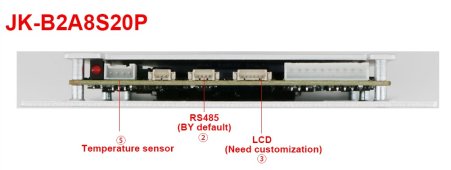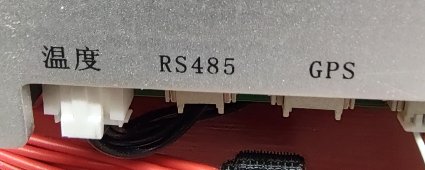chris_the boat dude
New Member
- Joined
- Jan 16, 2022
- Messages
- 5
fantastic work around, very clever! If it goes according to plan i will probably steal your ideaYeah, my plan is to just connect two wires to an appropriate 6 pin JST connector and plug that in instead of the display. I'm thinking of not using the display at all at this time.






